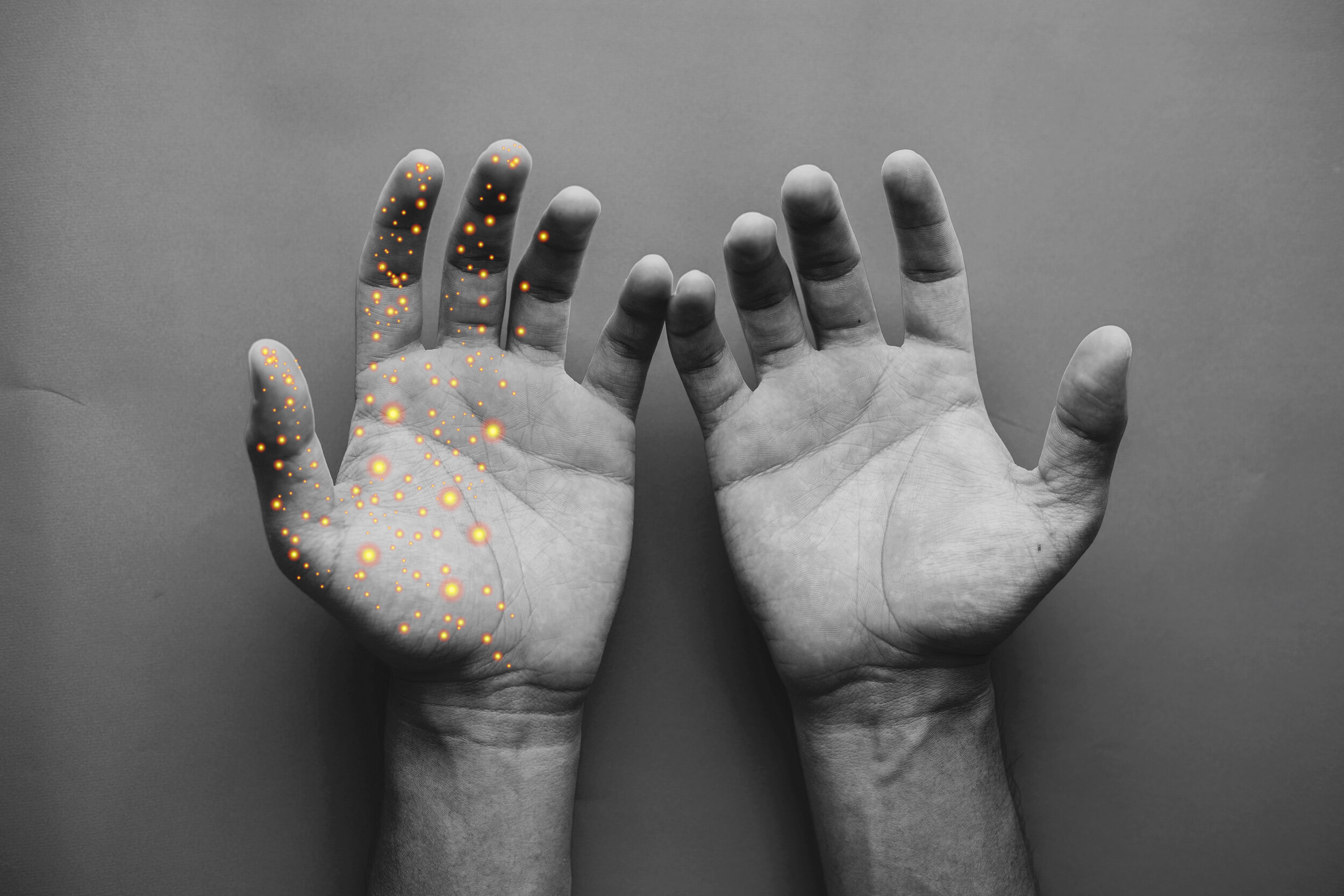
In Office Hand Surgery
No anesthesia, no fasting, less risk, better outcomes
How Does In Office Surgery Work?
In Office Hand Surgery employs cutting edge surgical techniques that allows for painless hand surgery without the use of general anesthesia.
In office surgery offers many advantages over standard surgical techniques including no anesthesia, no preoperative testing, no fasting prior to surgery, lower costs, and better surgical outcomes.
What Procedures are Performed In Office?
Some of the most common hand procedures are easily performed in the office. These include:
Carpal Tunnel Release
Trigger Finger Release
Mass Excisions
What Are the Advantages of In Office Hand Surgery
In Office Hand Surgery does not require general anesthesia or an anesthesiologist. Therefore, there is significantly less testing and hassle involved in scheduling procedures.
Minimal preoperative testing
Don’t have to go to a hospital or surgery center
Less time consuming
Patients can drive themselves home after surgery
No preoperative fasting. You can eat normally before surgery
No general anesthesia or additional medications. No risk of general anesthetic related complications, which makes procedures safer - especially for patients with medical comorbidities
Better Outcomes: Surgeries, such as trigger finger releases, can be tested during the procedure
Lower Costs
How Does In Office Surgery Work?
In Office Surgery is based on a proven surgical technique known as WALANT, or Wide Awake Local Anesthesia No Tourniquet.
WALANT is performed by injecting a common numbing medicine (lidocaine with epinephrine) prior to surgery in a specialized manner. The injection provides complete local anesthesia and creates a temporary bloodless field to allow surgery to be safely performed.
Regional Leadership with Proven Results
Dr. Shulman has performed hundreds of wide awake procedures and is a regional leader in WALANT surgery.
Dr. Shulman has been asked to present his clinical research regarding wide awake hand surgery at national meetings and has published articles advancing the field of wide awake surgery in top peer reviewed publications. See a listing of Dr. Shulman’s research here.
FAQ
Is In Office Hand Surgery right for me?
Most conditions can be treated nonoperatively, and the discussion of surgical treatment is only broached once all conservative measures have been exhausted.
The decision for surgery and the type of procedure performed is based on the individual needs of each patient. Dr. Shulman prides himself on providing comprehensive and easy to understand information so patients can make informed decisions.
Dr. Shulman believes In Office Hand Surgery is the most efficacious and easiest means for the surgical treatment for many of the most common hand surgical conditions such as carpal tunnel syndrome and trigger finger. However, some patients desire to be asleep or sedated to have these conditions surgically treated, and this is routinely and easily performed.
Where are In Office Surgeries performed?
All In Office procedures are performed at our Norwalk office location: 761 Main Ave #115, Norwalk, CT 06851.
We utilize the same equipment and sterilization techniques as hospitals and surgery centers
What is a typical wide awake surgery like?
In office surgeries are scheduled similarly to other surgeries, but take place in our office and feel more like an extended appointment. Prior to your procedure, Dr. Shulman will give an injection of lidocaine with epinephrine at the appropriate location in the hand or wrist. The injection of the local anesthetic is the only discomfort you will feel in relation to your surgery. A small compressive wrap may be temporarily put on your wrist to further enhance surgical visualization. Your surgery is then performed using standard techniques. You will feel comfortable throughout the process and can chose the music played during the procedure. Most WALANT surgeries take less than 10 minutes.
Do I need to take any medications before or during surgery?
No. Nearly all of the procedures Dr. Shulman performs using the WALANT technique do not require preoperative antibiotics or any other medications.
Will I see the procedure?
Wide awake surgery is performed using standard surgical drapes to ensure operating room level sterility. The surgical field is not viewable to patients.
What happens after my WALANT procedure?
Since there is no anesthesia, you will not be groggy after your operation. Your fingers, hand, or wrist may feel numb or look slightly pale for several hours. You are permitted to drive home from the office and work the day of your operation. Most patients experience mild postoperative pain that is well controlled with a combination of Tylenol and Ibuprofen. In some instances, Dr. Shulman may prescribe a short course of prescription pain medicine.
See the Surgery Protocols page for procedure-specific postoperative instructions
Is WALANT safe?
Yes. There have been many thousands of WALANT procedures performed nationally and internationally without incident.
All surgeries have risk, and the surgeries performed using the WALANT technique are technically identical to the procedures performed under general anesthesia. The only difference between WALANT and traditional surgery is the local anesthetic injection technique and the lack of general anesthesia. Complications specifically related to the injection of local anesthesia are exceedingly rare. Dr. Shulman will discuss with you in detail the risks and benefits of any procedure prior to scheduling a surgery.
Is a tourniquet ever used?
Yes. There are certain instances where the brief use of a tourniquet can be helpful. This is generally only for a few minutes and is well tolerated. Dr. Shulman has published details of this technique in the Journal of Hand Surgery.
Procedures done on or around the finger tips are also routinely performed with a finger tourniquet, which generally causes no pain and is removed at the end of the procedure.

